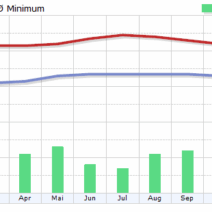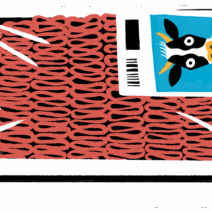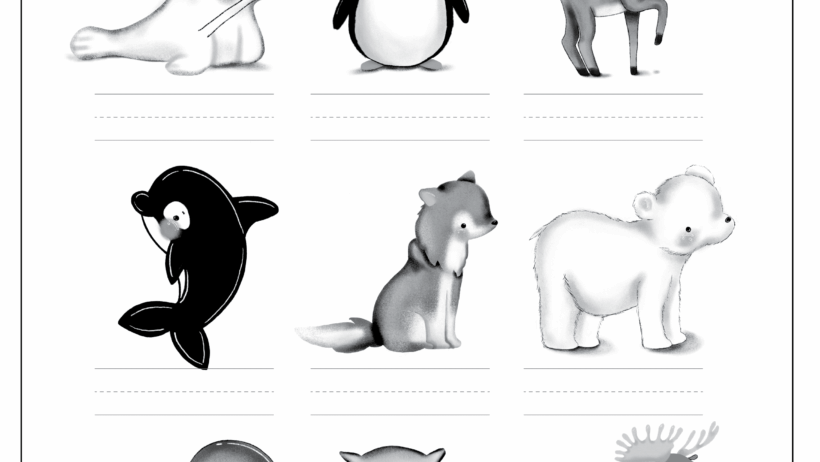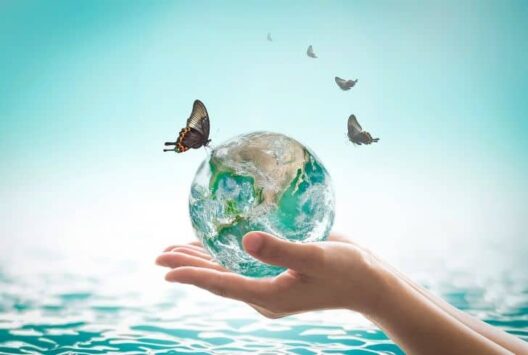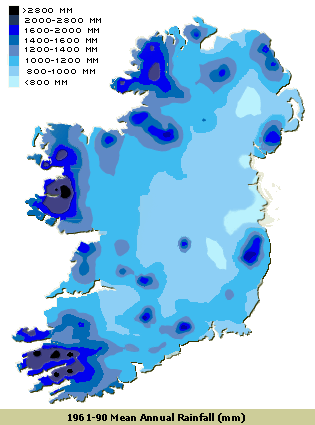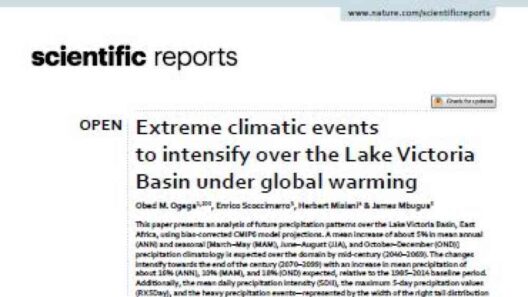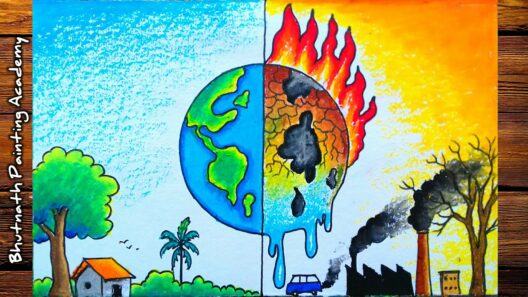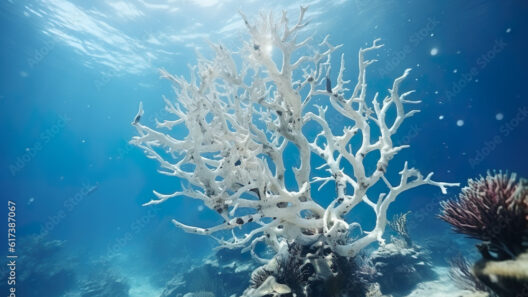The Arctic realm, a vast expanse characterized by its stark beauty and extreme conditions, stands at a critical junction. With the advent of global warming, this region is experiencing alarming changes, threatening both its environmental integrity and the myriad species that inhabit it. As the planet warms, the Arctic’s unique ecosystem is being irrevocably altered, leading to profound consequences for polar animals and the broader ecological web.
To understand the gravity of the situation, it is essential to grasp the fundamental role the Arctic plays in our planet’s climate system. The Arctic ice cap acts as a reflective barrier, bouncing sunlight back into space. With the continued melting of glaciers and sea ice, the darker oceanic waters absorb more sunlight, exacerbating the warming process. This feedback loop not only accelerates temperature increases but also disrupts weather patterns far beyond the Arctic Circle, impacting global climates.
Among the most affected inhabitants of this frigid region are polar bears. These majestic apex predators, often referred to as the “canary in the coal mine” of climate change, depend on sea ice as a platform for hunting seals. As the ice recedes, bears are forced to swim longer distances in search of food, which results in increased mortality rates, particularly among young cubs. The loss of sea ice has critical implications for the polar bear’s hunting success and overall survival.
Moreover, the melting ice unveils additional threats to these bears. The increase in human activity, particularly oil exploration and shipping, further intrudes into their territory, compounding their struggles for survival. Such engagements not only fragment their habitats but also introduce pollutants that can have profound health impacts on polar bear populations, emphasizing the interconnectedness of geopolitical actions and ecological outcomes.
Similarly, walruses face an uncertain future as the ice they rely on for resting and reflection disappears. With nowhere to haul out, these magnificent mammals congregate in ever-increasing numbers, resulting in overcrowding and increased competition for resources. Consequently, this overcrowded environment leads to higher mortality rates, especially among calves, which diminishes future reproductive success. The cyclical nature of this issue underscores the intricate balance that exists within the Arctic ecosystem.
While the plight of these iconic species often garners significant attention, it is crucial to recognize the broader implications of a warming Arctic on other polar residents. Seabirds, such as the puffin and Arctic tern, rely on the seasonal availability of fish, which is becoming increasingly unstable due to changing ocean temperatures and current patterns. These shifts not only affect the birds’ foraging habits but can also disrupt their breeding cycles, contributing to declining populations in an already vulnerable environment.
The changing landscape is also throwing a spotlight on the ice-dependent seals, such as the bearded and ringed seals, which form the basis of the Arctic food web. With diminishing ice cover, these seals face challenges related to breeding and pupping, as they depend on stable ice platforms to give birth to their young. The decrease in suitable ice habitats directly threatens seal populations, which, in turn, reverberates throughout the ecosystem, impacting species that depend on seals for sustenance, including polar bears and killer whales.
Indigenous communities that have coexisted with these polar animals for generations are also feeling the impacts of climate change. Traditional hunting practices, which rely on predictable migratory patterns and ice conditions, are becoming increasingly erratic. As species such as caribou and seals migrate unpredictably, it threatens the cultural heritage and subsistence of these communities, sparking socio-economic instability in the region.
The challenges facing the Arctic are not insurmountable, but they require immediate global action. Mitigating climate change demands a concerted effort to reduce greenhouse gas emissions, transition to renewable energy sources, and implement conservation initiatives that protect vulnerable species and their habitats. Furthermore, fostering collaboration among international stakeholders, including Arctic nations and indigenous communities, is imperative to create adaptive management plans that promote sustainable practices while preserving key ecosystems.
Understanding the Arctic’s delicate equilibrium underscores the essential connection between local actions and global outcomes. By observing these profound transformations occurring in the Arctic, one can glean insights into the health of our planet as a whole. It serves as a poignant reminder that the consequences of climate inaction extend far beyond the icy realms; they reverberate throughout the biosphere, affecting ecosystems, economies, and communities worldwide.
Each of us bears the responsibility to contribute to change. When individuals become advocates for the Arctic and its inhabitants, they amplify the urgent need for awareness and action. True change begins not with distant political agendas, but with personal commitments to sustainability and conservation. The Arctic may be distant, but its fate is inextricably linked to us all.
In conclusion, the Arctic’s last stand against global warming presents a pivotal moment for humanity. The fate of polar animals and the very fabric of an ancient ecosystem hang in the balance. Fostering curiosity about these changes not only cultivates awareness but also inspires a collective resolve to protect this vital region. The urgency of the situation compels us to listen, learn, and act, for the resilience of our planet depends on it.
